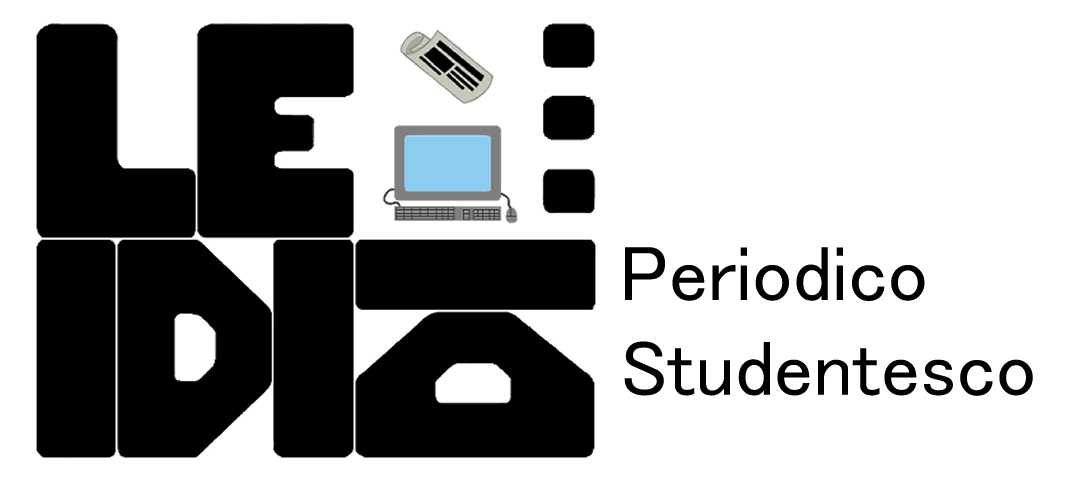Impressioni della IV C sulle visite Aureus 2013/2014
On October 11th my classmates and I went to Barracco Museum, where there are the works of art of the Egyptians, Greeks, Romans and Babylonians.
The museum is located on Corso Vittorio Emanuele II and is housed in a Renaissance-style building; in fact you can see beautiful frescoes on the ceilings.
I really enjoyed this museum; it has a collection that is not very rich, but contains many important things about the Egyptian culture. Unfortunately, we couldn’t see the rooms dedicated to Greek, Roman and Babylonian art, but I hope to go back.
With all the informations that I got from the guide I have expanded my culture; before I didn’t know, for example, that the Egyptians used three languages. This short visit to the museum was very important for me and my classmates.
Eugenio Bucchi
The visit to the Museum Barracco was the first that the class did. Fortunatly, we will go on more trips because we take part in the AUREUS project.
The visit to the Museum was very nice and interesting, especially the guide, who was very interesting. This Museum is located in centre of Rome, in Corso Vittorio Emanuele, in a beautiful palace of XVI century, that hosts the beautiful collection of Giovanni Barracco. Inside the Museum there are many objects, statues and Egyptian artifacts. In the Museum there are also a lot of Greek, Etruscan, Cipriot and Sumerian objects. This Museum is very interesting because it has unique, historical objects collected by a single man.
Federico De Rossi
About a month ago we went to visit the museum where there was an exhibition about Cleopatra. It was interesting, but the guide wasn’t very interesting. The most beautiful part was the hall where the jewels were exhibited.
Serena De Santo
The museum with the Cleopatra exibition was very interesting and rich in finds like statues, jewelry and the remains of ancient floors. The guide wasn’t very interesting, but the visit was a good initiative.
Ilaria Delmonaco
We went to the Chiostro del Bramante to see the Cleopatra exhibit. The darkness of the place created a very suggestive atmosphere.
There were a lot of artifacts, which were from important world exhibition, like the Egyptian’s exhibition in Turin.
My favourite pieces were the bust of Cleopatra, which was very beautiful and the pictures of the Nile, full of figures and colours and vitality. Another interesting thing was the Fayyum’s portrait.
Caterina Falvella
On the visit of the Vatican Museums, I really liked a lot of things. My favourite one is the Last Judgement in the Sistine Chapel. In the chapel is held the “conclave”, a cerimony where all the cardinals vote for a new pope.
This chapel is very famous for the painting of Last Judgement: this fresco, infact, represents a lot of saints and the struments that caused their death. A famous part of this fresco is the self-portrait of Michelangelo Buonarroti, who painted this chapel; his face is represented in the skin of Saint Bartolomeus, who was skinned alive. This fresco was commissioned by Clemente VII and was painted from 1536 to 1541.
Anna Lombardo
During the visit to the Vatican Museum we saw the Gregorian Egyptian Museum, which was inaugurated by Pope Gregorio XVI. I loved it because it was a very interesting visit. After we saw the Sistine Chapel, tapestries and the maps of Italy and the Italian regions. The sculpture that I liked the most was that of Apollo del Belvedere, a Roman copy of a bronze statue of the IV century b.C.
Chiara Mancuso
In december my class and I went to the Vatican Museums. We saw many interesting and beautiful things. For example, some Egyptian statues in granite and Laocoonte’s statue. We also saw tapestries and the Gallery of Geographic Maps. Then we visited the Sistine Chapel, that is wonderful. In the Chapel is represented the biblical story from the creation to the judgement. We learnt and enjoyed it a lot; this was an incredible experience!
Giorgia Marigliani
For the two-thousand years anniversary from the death of Ottaviano Augusto, an important exhibition has been set in Rome, at the “Scuderie del Quirinale”. We can see many statues: statues of Augustus depicting as a warrior (“Augustus of Prima Porta”) or as a peace-maker (“Augustus pontifex”); there is also a copy of the “Doriforo” and a statue where Augustus is on a horse.
In this exhibition we can also see some objects: spoons, dishes… made by silver (“Treasure of Bosco Reale”), statues of members of his family and eleven reliefs depicting the battle of Augustus at Azio.
I very much enjoyed the exhibition, because I consider Augustus as being one of the most important man in history and so I was very interested. I want to tell I liked very much the “Augustus of Prima Porta”, because I think that he, with his armature, seems really glorious.
Sergio Mattarella
On February 1st, Saturday morning, we went to an exhibition about Augustus, the emperor of ancient Rome, which has been set at “Quirinal Stables”.
At the entrance there was an important statue of Augustus, that is very impressive. I likes a lot the sculptures in another room of the exhibition: those of the “Niobidi”, the Niobe’s sons who, according to ancient myth, were killed by the Olympic gods. I liked the exhibition a lot, but I found it difficult to follow because it was Saturday morning.
Guido Oliva
I really enjoyed visiting Musei Capitolini: I think it is probably the most important cultural location in Rome, because they show the history of the city and of the empire through some beautiful pieces of art; my favourite statue is “The wolf”, symbol of Rome.
Federica Miani
On the 11th of February we went with the class to the Capitoline Museums. It is the oldest museum in the world and dates back to 1471, when Sisto IV donated to Rome four bronzes from the papal residence at the Lateran. The Museums are housed in two twin buildings, Palazzo dei Conservatori and Palazzo Nuovo, designed as Piazza del Campidoglio by Michelangelo. At Palazzo dei Conservatori in the first floor are walled important, large reliefs from an honorary monument with Marco Aurelio’s challenge. The “Orazi and Curiazi Hall” was painted by Cavalier d’Arpino between the end of ‘500 and ‘600 with the story of the origins of Rome. The “Spinario”, dating back to the 1st century b. C., is a guy who stands a thorn from his foot; this work has been much copied in the Renaissance. In another hall in the wall are inserted fragments of “consular and triumphal pomp”; this room is home to “The wolf” symbol of Rome; the twins were added at the end of the ‘400. It is thought to be an Etruscan or Magnum Greek work of the 5th century b. C., but some experts believe it comes from the Middle Ages due to the technique used.
The thing that fascinated me most was the Tabularium, or the state archives, built in 78 b. C. This space offers a breathtaking view of the Forum, the Colosseum and the Palatine.
Claudia Montesi
On the 11th February we went to visit the Capitoline Museum on Campidoglio. We started in palazzo dei Conservatori, and I really liked Marco Aurelio’s statue and the foundation walls of the Giove Capitolino temple. We went to the Galleria Lapidaria and we enjoyed the view on the Forum by the Tabularium.
We arrived at Palazzo Nuovo, but the Galata Capitolino statuewasn’t in the museum; then we ended the visit.
Olivia Pampaloni



















